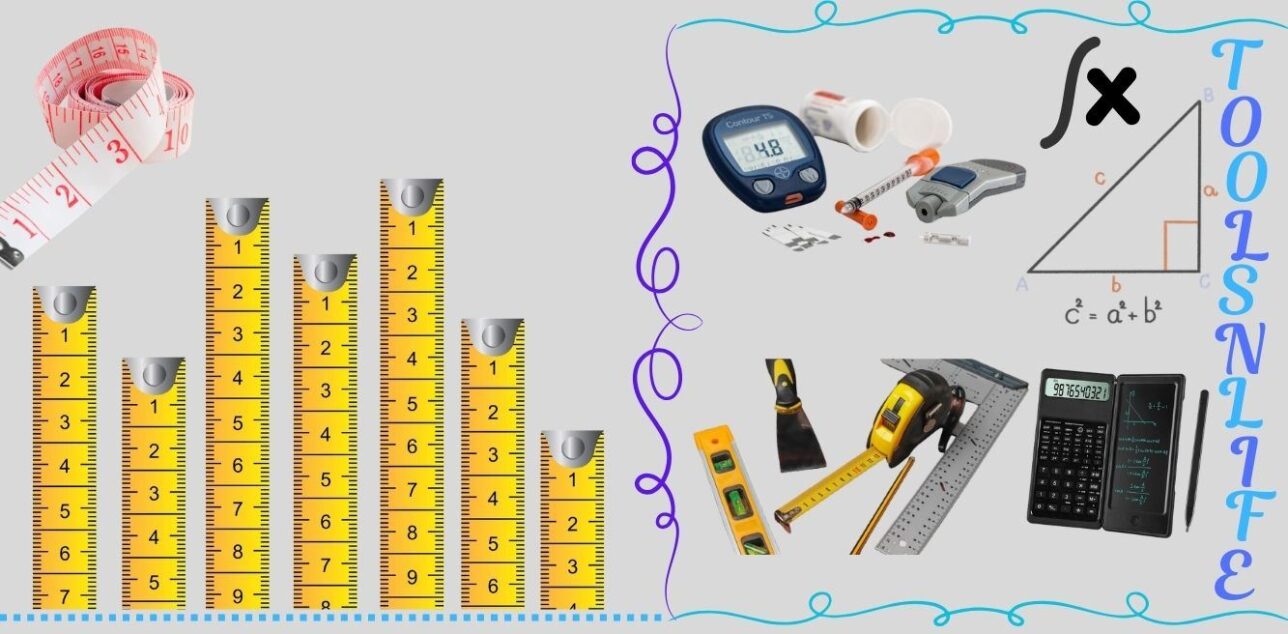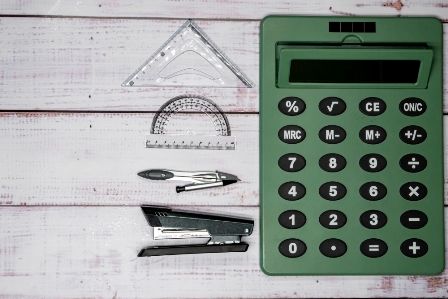Result
Understanding Feet and Inches Measurements
The Imperial system, which includes feet and inches, has a fascinating history dating back to ancient Rome. The word “inch” originated from the Latin word “uncia,” meaning one-twelfth, as an inch was originally 1/12 of a Roman foot. This measurement system was standardized in the British Empire and later adopted in the United States, where it remains the primary system for everyday measurements despite most of the world using the metric system.
Feet and inches are commonly used in various applications throughout the United States:
- Construction: Building dimensions, lumber sizes, and architectural plans
- Interior Design: Furniture measurements, room dimensions, and spacing
- Personal Measurements: Height tracking and clothing sizes
- DIY Projects: Home improvement, crafting, and woodworking
- Real Estate: Property dimensions and square footage calculations
Understanding the mathematical relationships between measurement units is essential for accuracy:
Basic Conversions:
- 1 foot = 12 inches
- 1 inch = 1/12 foot
- To convert feet to inches: multiply by 12
- To convert inches to feet: divide by 12
Fractional Inch Calculations:
When working with fractional inches, it’s helpful to convert to a common denominator before performing operations. For example, adding 1/2 inch and 3/8 inch requires converting to eighths: 4/8 + 3/8 = 7/8 inch.
As experienced craftsmen and DIY experts, we recommend these best practices:
- Always use a quality measuring tape and check its calibration periodically
- For precise measurements, use a tape with fractional inch markings
- When measuring, ensure the tape is straight and not sagging
- Take multiple measurements to verify accuracy
- Consider the thickness of your pencil mark when marking measurements
- For critical projects, account for temperature expansion/contraction
Remember the carpenter’s adage: “Measure twice, cut once.” This calculator helps eliminate errors, but physical verification is always recommended for important projects.
While this calculator focuses on imperial measurements, understanding metric equivalents can be helpful:
| Imperial | Metric |
|---|---|
| 1 inch | 2.54 centimeters |
| 1 foot | 0.3048 meters |
| 1/16 inch | 1.5875 millimeters |
| 1/8 inch | 3.175 millimeters |
| 1/4 inch | 6.35 millimeters |
| 1/2 inch | 12.7 millimeters |
Practical Application Examples
Example 1: Calculating Total Length
Scenario: You have two boards measuring 3 feet 4 inches and 2 feet 8 inches. What is their total length when joined?
Solution: Using our calculator, input 3 feet 4 inches in the first fields, select the “+” operation, and input 2 feet 8 inches in the second fields. The result shows 6 feet 0 inches—the perfect combined length.
Example 2: Determining Cutting Measurements
Scenario: You need to cut a 8-foot board into 3 equal pieces. How long should each piece be?
Solution: Input 8 feet 0 inches in the first fields, select the “÷” operation, and input 3 feet 0 inches in the second fields. With precision set to 1/16, the result shows 2 feet 8 inches—the exact measurement for each piece.
Example 3: Calculating Area
Scenario: You’re installing flooring in a room that measures 12 feet 6 inches by 10 feet 3 inches. What is the area in square feet?
Solution: First convert both measurements to decimal feet: 12’6″ = 12.5 feet and 10’3″ = 10.25 feet. Then multiply using our calculator: 12.5 × 10.25 = 128.125 square feet.
Master Your Measurements With Confidence
Whether you’re a professional contractor, DIY enthusiast, or student learning measurement systems, our Feet and Inches Calculator provides precise calculations with explanations to enhance your understanding. Bookmark this page for quick access to all your measurement conversion needs, and share it with colleagues and friends who might benefit from this tool.






